Nurturing Emotional Intelligence in Young Children

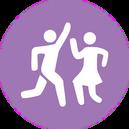

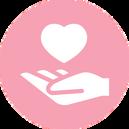
Back to School








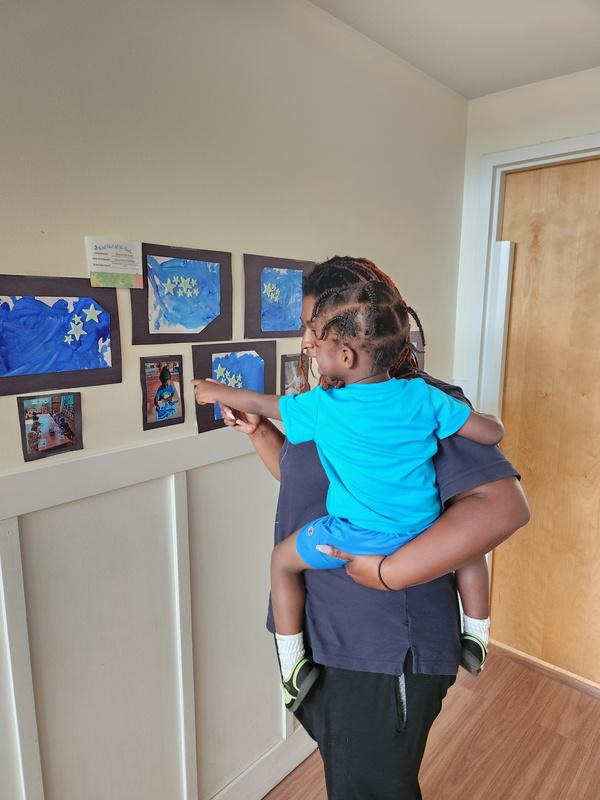







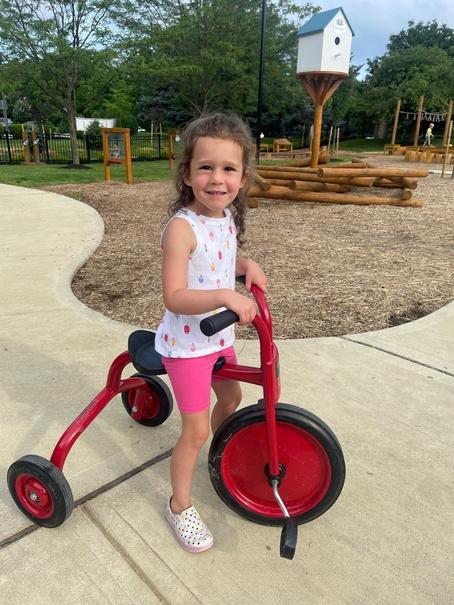

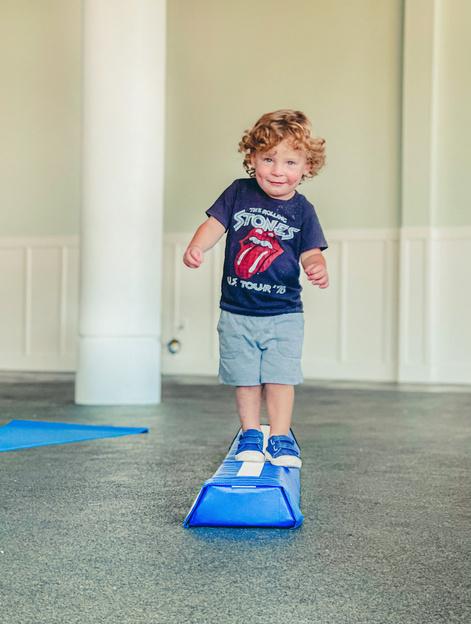

Answer on last page.
What month are trees scared of?

We are excited to announce our new ASL program coming to The Nest Schools this fall!
WHY IS SIGN LANGUAGE IMPORTANT FOR YOUNG WHY IS SIGN LANGUAGE IMPORTANT FOR YOUNG CHILDREN? CHILDREN?



Most young children begin to talk around the age of 12 months old, while some infants even try to communicate with their parents and caregivers even earlier!
One way of helping our young children express their feelings, wants and needs without crying and frustration of a lack of understanding from adults, is through simple sign language or commonly known as 'Baby Core Signs'. These core signs include words like: milk, sleep, play, all done, more, mother, father, etc.
WHAT ARE THE BENEFITS OF USING SIGN WHAT ARE THE BENEFITS OF USING SIGN LANGUAGE WITH YOUNG CHILDREN? LANGUAGE WITH YOUNG CHILDREN?
Encourages children to communicate effectively
Decreases frustration
Improves Child-Parent/Child-Caregiver communication
Helps children remember words
Increases self esteem
Provides an insight into a child's world

Sign Language is for everyone
Builds relationships
HOW DO WE TEACH YOUNG HOW DO WE TEACH YOUNG CHILDREN SIGN LANGUAGE? CHILDREN SIGN LANGUAGE?
Start at a young age
Keep teaching signs short - only about 5 minutes spent on each sign
First perform the sign and then say the word
When young children preform the sign, praise with positive reinforcement
If young children do not preform the sign within 5 seconds, gently offer hand-overhand to preform the sign together
Examples of core signs we will learn together:
We are excited to announce our new Spanish program coming to The Nest Schools this fall!
LEARNING SPANISH FOR YOUNG CHILDREN LEARNING SPANISH FOR YOUNG CHILDREN
Young children are able to learn new languages, such as Spanish, quicker than older individuals because:
They do not fear making mistakes! Children are less likely to be embarrassed when they make a mistake They are not linguistically programmed therefor, they are able to develop the skills required to pronounce the variations of the Spanish language
They retain new information faster as they are continuously learning and naturally inquisitive
WHAT ARE THE BENEFITS OF LEARNING SPANISH WHAT ARE THE BENEFITS OF LEARNING SPANISH FOR YOUNG CHILDREN? FOR YOUNG CHILDREN?
Increases brain development such as cognitive function along with increasing attention span in young children
Increases the ability to learn additional new languages
Improves social skills and how to communicate with others who speak a different language

Delvelops an appreciation for another culture
Creating connections, communication and relationships on a global level
HOW DO WE TEACH YOUNG CHILDREN HOW DO WE TEACH YOUNG CHILDREN SPANISH? SPANISH?
Learn and practice alongside young children Set aside 10-12 minutes in your day to introduce and practice new Spanish vocabulary
Choose words that relate together in a common theme
Use manipulatives and realistic images alongside learning new words
Incorporate your new Spanish vocabulary into the children's learning experiences and opportunities




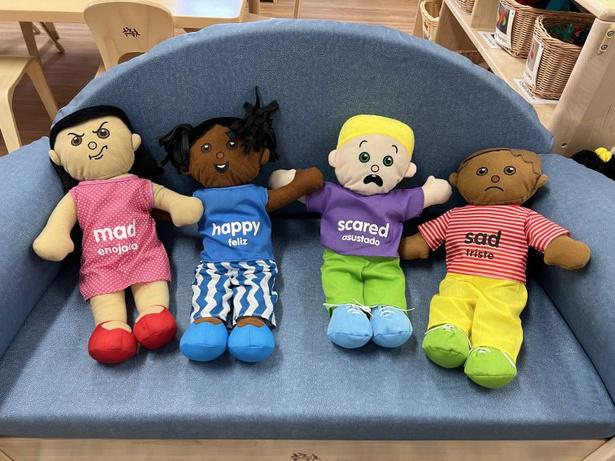
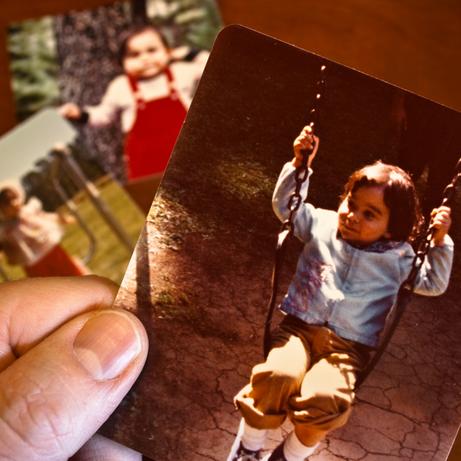



Our guest speakers, Bridget Bowling and Lauren Fegely from Little Snnozers, will give tips and strategies to help your child(ren) get the healthy sleep they need. They will discuss:



short naps
early rising and more!

With a little support and consistency, every child can develop the necessary skills to allow them to be independent sleepers and achieve healthy sleep habits.


Interested in registering for the fall?
Our Family Resource Center is here for you!

So are we!
Whether you are a current Nest family or considering enrolling with us, we look forward to starting a new school year soon!

Our Education team has been hard at work adding new elements to our curriculum that will bring learning to life even more! Be on the lookout for more details in our August newsletter.
The way your child spends time after school can make a big difference in their personal development and your family-life balance.
Our school age programmakes the most of your child’s after school time by providing themwith opportunities for exploration, creativity, and fun challenges designed to engage and expand young minds.
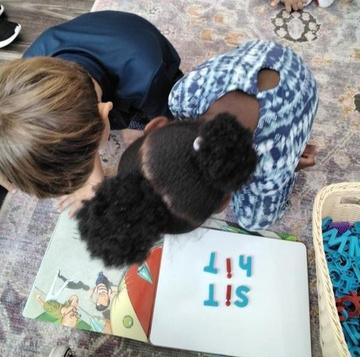
The Nest Schools provides a safe and nurturing environment for elementary school students. Parents can count on us when schools close for holidays, teacher workdays, and inclement weather!


Elimination patterns in children are often of concern to parents. Normal elimination patterns can be rather variable. Yet we all know that children should have regular bowel movements and urine production. This article will discuss normal and abnormal urinary habits and when you may want to call your pediatrician.
All children, other than in the first two days of life, should pee at least every 8 to 10 hours. Any amount less than this is abnormal and could be a sign a child is dehydrated.
The normal color of urine can vary from clear (very dilute) to intense yellow or golden (concentrated). Abnormal colors for urine are red, pink, orange, and tea-colored. If your child has urine any of these colors, you should call the doctor. If the color is associated with pain (back, belly, groin or while peeing) or fever, they should be seen soon.
Peeing more frequently than normal can be related to numerous reasons including vaginal or urethral irritation, the production of excessive urine (diabetes mellitus), anxiety, urinary tract infection, constipation, neurological bladder conditions, behavioral issues including excessive drinking, and a very common condition called urinary frequency of childhood. Increased urinary frequency in a girl may also be related to non-specific vaginitis (see below). Any child who is urinating more frequently than normal should be seen if it lasts more than a day or so. A visit can help to determine the cause
Urgency is manifested by the immediate urge to go to the bathroom secondary to the fear of wetting the underwear in a toilet trained child. Urgency may be associated with frequency and pain or be isolated. Urgency is caused by vaginal or urethral irritation, urinary tract infections, neurologic bladder conditions and, often, behavioral issues when children wait to long prior to voiding. All children with urgency should be seen in the office for a visit unless the parent thinks the child is simply not frequenting the bathroom often enough, in which case scheduled bathroom breaks should fix the problem.
Pain with urination is called dysuria and can be seen with vaginal or urethral irritation and in urinary tract infections. The doctor can run a urine test to help determine the difference between the two. In girls, a common cause is non-specific vaginitis (again, see below).





 Written by Zest Pediatrics
Written by Zest Pediatrics

Incontinence or wetting during the day can be related to the same issues as urgency and frequency. In early school-aged children it is usually due to not voiding frequently enough and can be solved with scheduled bathroom breaks. Constipation should also be considered as it can contribute to both frequency and wetting. Children with frequent and persistent wetting after toilet training is completed should be seen in the doctor’s office.
Bed-wetting can be primary or secondary. Primary nighttime incontinence is usually a developmental issue and is a normal occurrence in some children up to the age of 9-10. However, once a child has been consistently dry for 3-6 months at night and then again develops nighttime wetting, it is considered secondary and a cause should be sought. Children with secondary bed-wetting should be seen in the office to be evaluated for infection, constipation, diabetes, neurologic conditions, and psychological stressors.
Vaginal itching and pain with peeing is very common in preschool age girls, especially after being toilet trained. Vaginal yeast infections, commonly thought to be the cause by parents, is very rare in pre-pubertal girls. The cause of vaginal itching is usually nonspecific vaginitis, or inflammation, and caused by excessive or vigorous wiping during toileting, learning to ride a bike, tight fitting clothes, and the most often blamed bubble baths. Other causes of vaginal infla pre-pubertal girls include strep infections ( also seen) and rarely pinworms.
Prior to going to the doctor for vaginal itch warm sitz baths can be tried. Place two tab baking soda in warm water in the bathtub water so the child’s vaginal area is submer the bath) for 15 minutes twice a day. If sym or are associated with fever, abdominal or then the child should be seen.
Love this daycare! The teachers are so kind, nurturing and truly care about your kids like their own. They are miracle workers! It feels so good to know that my daughter is well cared for while I'm not with her. Thank you so much for all you do!









Did you guess correctly?
